When Subaru announced that it was sending two hybrids to America, it felt about time. Cut to the present day, and the Forester Hybrid has been on sale for months, offering a little bit of extra everything over a standard model. More power, more quiet, more miles to the gallon. How does that translate to the smaller Crosstrek? While we haven’t driven it yet, impressions from other outlets are out, so here’s what everyone’s saying about the new Subaru Crosstrek Hybrid.
Under the hood of the Crosstrek Hybrid sits a 194-horsepower hybrid powertrain consisting of a 2.5-liter naturally aspirated flat-four, a 1.1 kWh battery pack, and a two-motor transaxle feeding a mechanical all-wheel-drive system. It’s effectively the same setup as in the Forester Hybrid, and when I drove Subaru’s larger hybrid earlier this year, I noted substantially more refinement that in the regular Forester.
Does the extra electric motivation of the Crosstrek Hybrid make a substantial difference? That seems to depend on what your benchmark for acceleration is. On the one hand, Motor Trend found that the hybrid setup gives the Crosstrek an appreciable power boost, writing:
On its face, 194 horses aren’t world-bending compared to the regular model’s 182, but when a power bump also brings more low-end electric muscle, you tend to notice. Also, given the Crosstrek never had a ton of scoot to begin with, it’s nice. The hybrid Crosstrek now accelerates from a stop eagerly and even piles on mph nicely when already at speed.
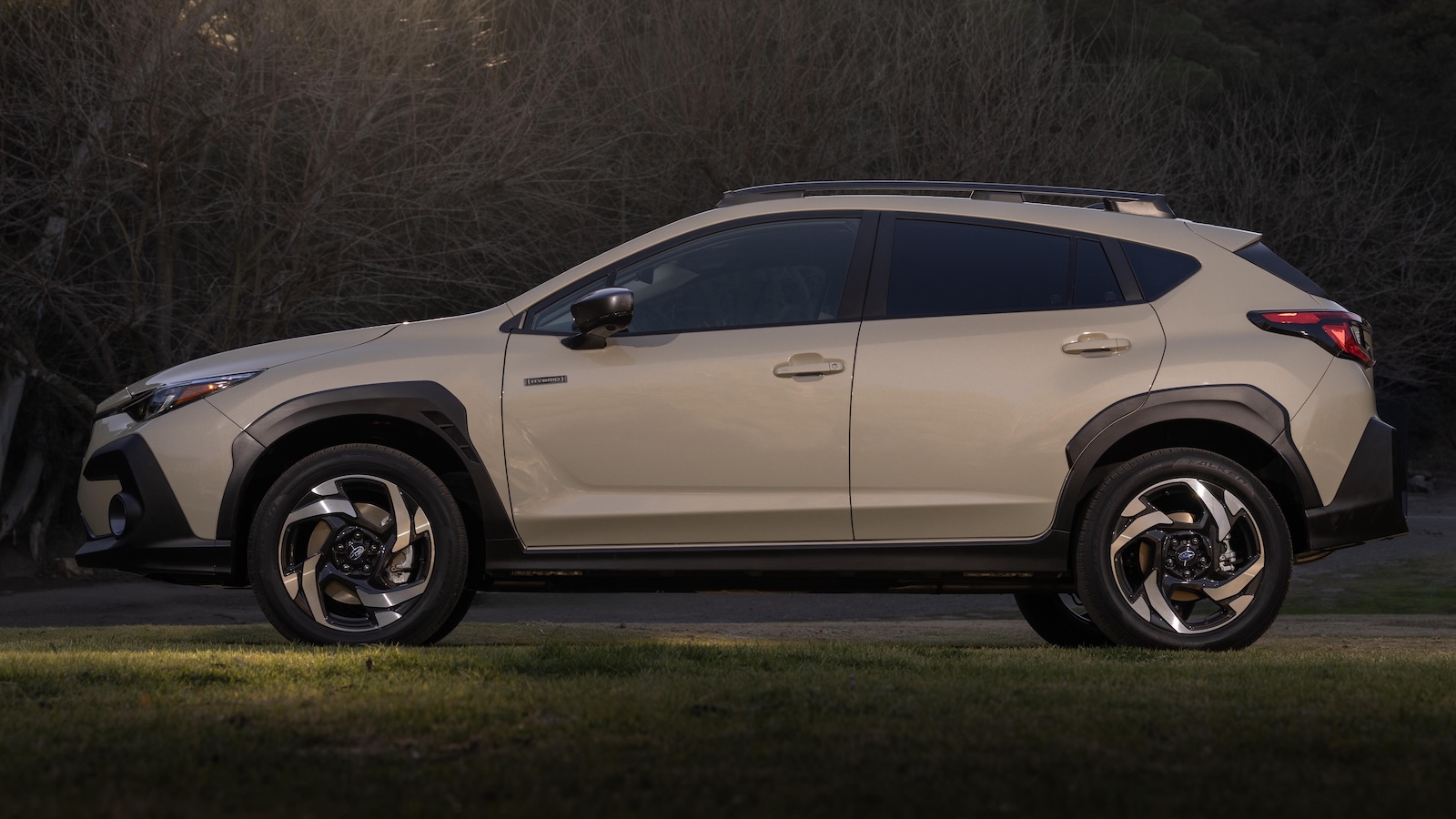
On the other, Car And Driver seems to feel that freeway reserve power isn’t exactly stellar, writing:
An aggressively tuned gas pedal and the extra torque from the electric motor make the Crosstrek Hybrid feel zippy around town. Still, like the standard Crosstrek, the hybrid loses steam as the speeds rise. We reckon the run to 60 mph should still take in excess of eight seconds. The handoff between the gas engine and electric motor feels smooth, although our drive mainly took place on empty rural roads and not the sort of low-speed, stop-and-go urban driving that might reveal clunkier behavior.
Reading between the lines, the Crosstrek Hybrid seems to drive like a Crosstrek, and that should extend beyond the powertrain to the handling. While the suspension has been retuned to cope with the extra 330-ish pounds of the hybrid powertrain, the result seems to give the impression of a fairly standard model with almost nothing out of the ordinary happening when the road gets curvy. As The Drive wrote:
Even with the same 8.7 inches of ground clearance and nearly identical MacPherson front and double wishbone rear suspension, the Crosstrek Hybrid felt solidly and evenly connected to the pavement. Off pavement, it negotiated trails at speeds I wouldn’t dare in other small crossovers.
Wait, why almost nothing out of the ordinary? Well, road testers have noted that the brake pedal doesn’t seem to inspire a ton of confidence. Car And Driver found that “The brake pedal doesn’t provide a ton of feedback,” while Motor Trend wrote that “the brake pedal can feel odd when it’s in the regenerative mode.” Still, not all road testers noted pedal feel, so there’s a chance it’s fine for most drivers.
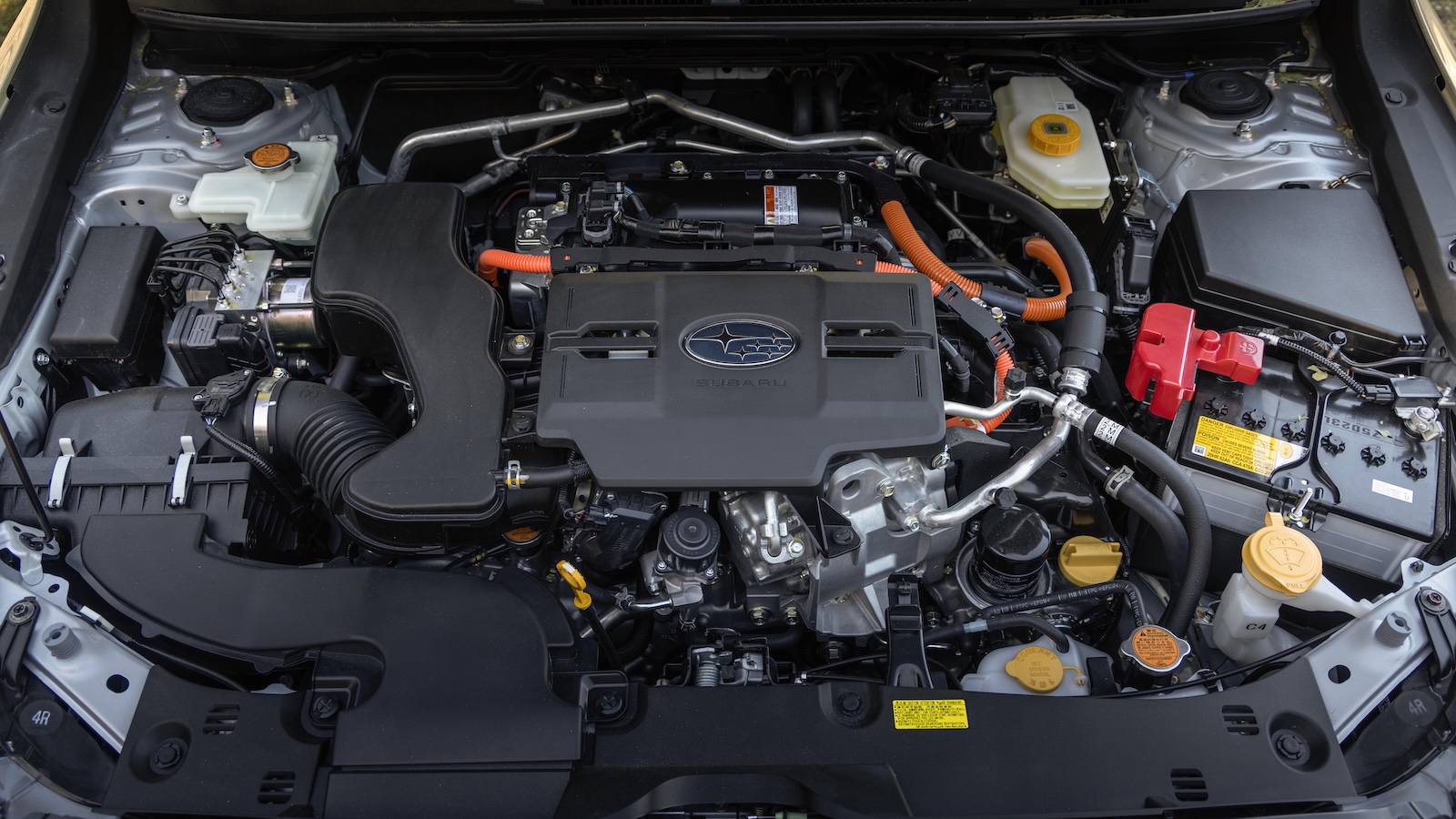
As for other downsides, it’s worth talking about the price and the packaging of the hybrid system. While some road testers noted the loss of 1.3 cu.-ft. of trunk space, everyone noticed the $35,415 starting price. That’s a good clip higher than a Toyota Corolla Cross Hybrid, but the Crosstrek Hybrid does serve a slightly different use case and doesn’t come with a super-base model.
At the same time, EPA ratings of 36 MPG on all cycles represent improvements of three MPG highway, nine MPG city, and seven MPG combined over the standard 2.5-liter Crosstrek, which should be enough to make a noticeable difference in the real world. The result looks like the obvious choice if you’re set on a Crosstrek and able to splash the cash. As Edmunds summed it up:
The hybrid is the best-driving model in the Crosstrek lineup. It’s quicker, smoother and offers better fuel economy than the rest of its brethren. I am charmed by the Wilderness, and it’s certainly the best buy if you want something compact but surprisingly capable off-road, but to live with day-to-day, the Crosstrek Hybrid is the one to get.
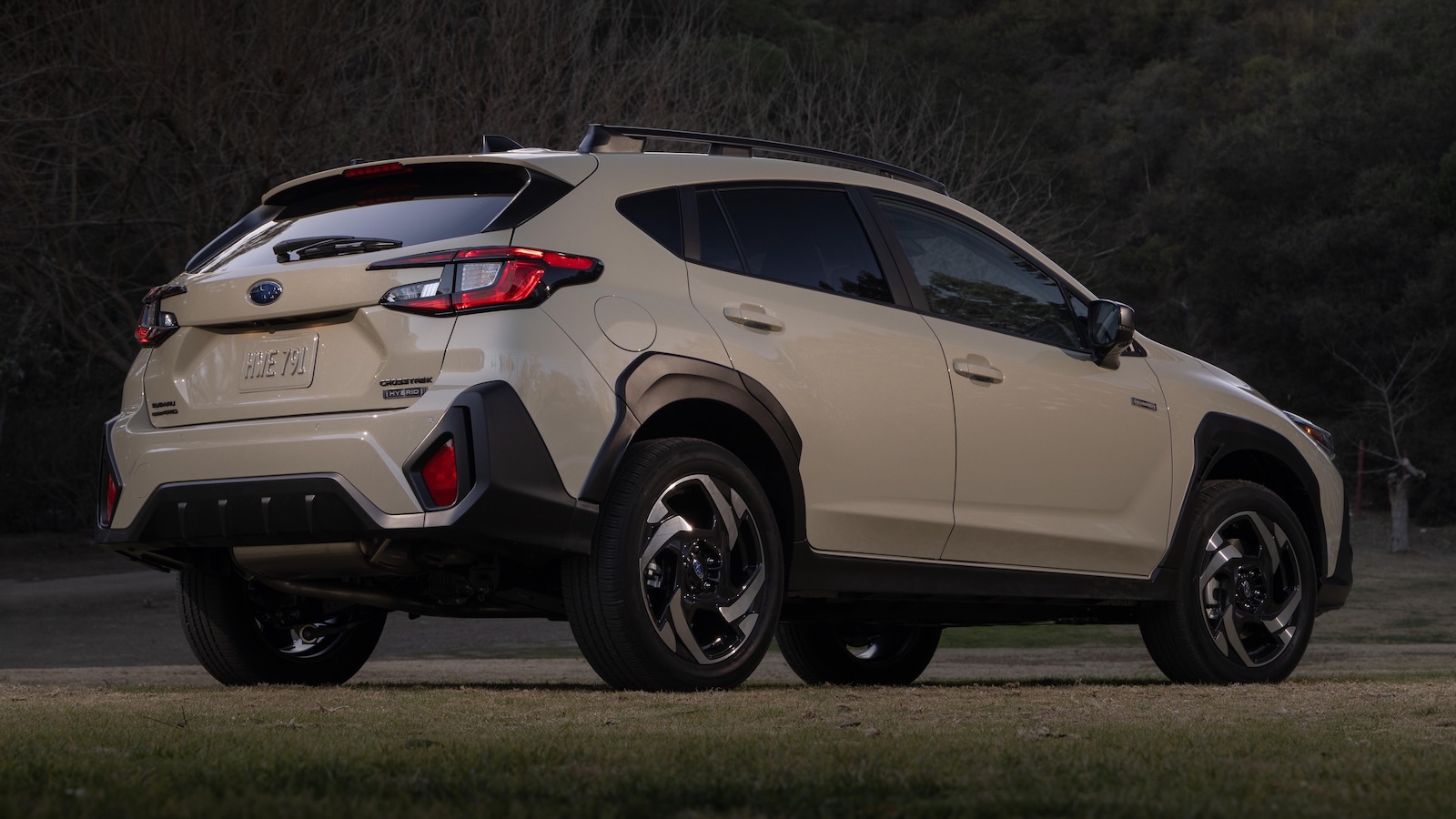
Needless to say, I’m looking forward to getting my hands on the Crosstrek Hybrid once it hits the local press fleet. Early media drive impressions seem positive, but there is something to be said about living with a car for a full week and taking it over the sort of familiar broken pavement that really lets you get an accurate gauge on things like ride quality and cabin noise.
Top graphic image: Subaru
Support our mission of championing car culture by becoming an Official Autopian Member.

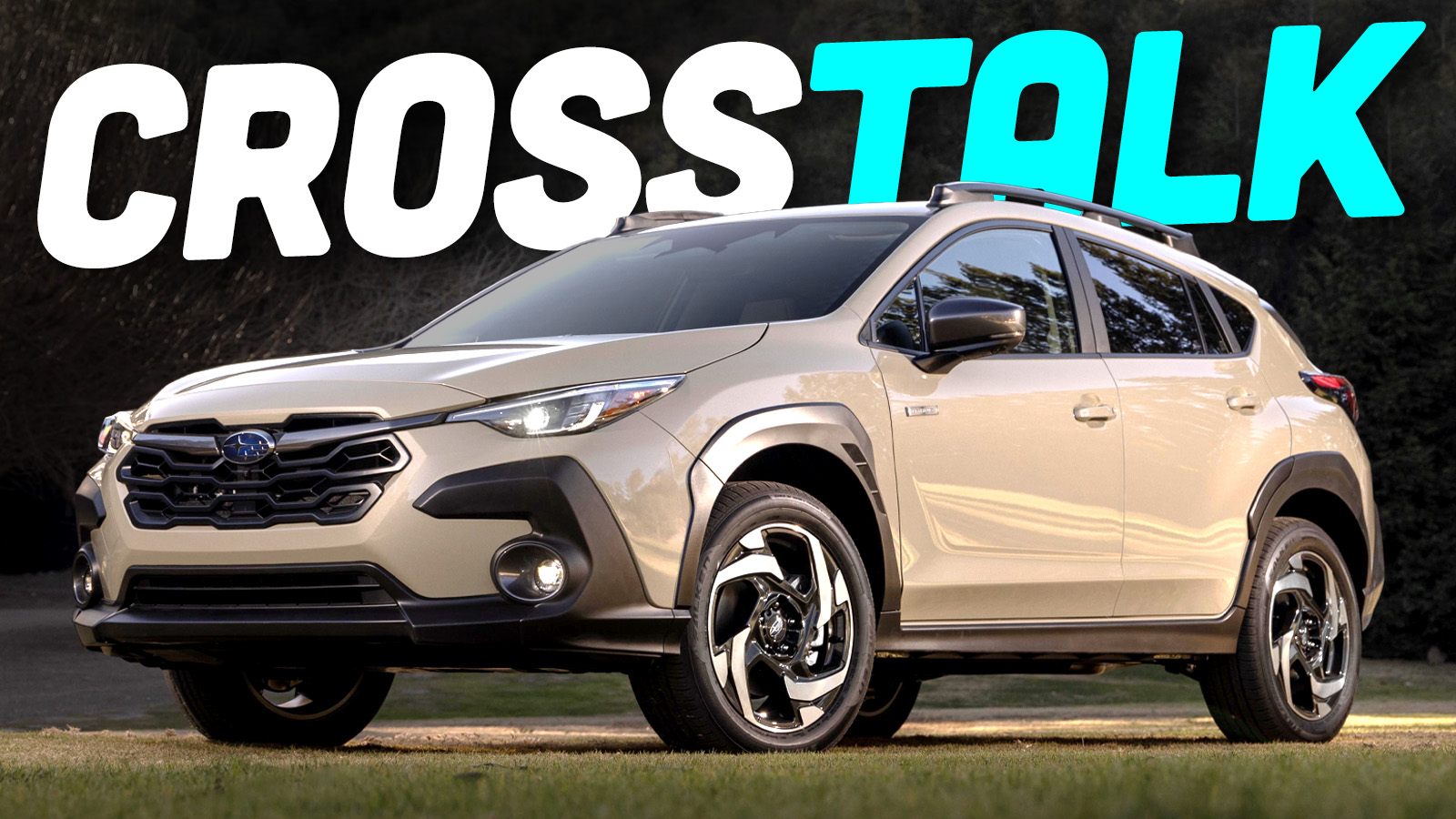





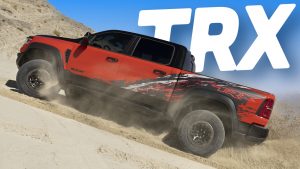

I purchased a 2023 Crosstrek Limited new and it has been such a great car. I live in a major city with mountains all around, and the Crosstrek is incredible for this type of scenario. The suspension is nice and compliant for bumpy urban roads and dirt forest service roads. I average around 25-27mpg in the city and it’s not hard to get over 35mph on the highway. It’s just a nice solid package.
I think they new hybrid variant will indeed be a very compelling option. I want to see what the real-world fuel milage turns out to be.
Highways usually let you go 50MPH or more. City is usually 25 to 30 MPH
Sorry, it was a typo in my comment above. I meant to write 35mpg, not mph.
In what kind of city are you returning 25-27mpg – sounds more like suburbia if im being honest. I live in a proper city with stops every 300-500 feet and return 14-16mpg on a full city tank.
I live in Seattle.
In our foothills small town w/stop signs or stoplights if not every block, then every 3rd block; our 2020 turbo gti gets 21-22 mpg, the turbo 6 F-150 gets 12-13 mpg and the turbo 6 BMW gets 17-18 mpg. When I was commuting in rush hour freeway traffic, the BMW was getting 18-24mpg.
As with the original Crosstrek hybrid, but to, hopefully, a lesser extent:
“What? You can manage that in a regular Impreza hatch if your driving’s more highway than city.”
This is why I bought an Impreza instead of the Crosstrek in 2015.
They wanted how much more for almost as much fuel economy on the highway? If you’re mostly in town, then I can see the appeal, but why no Impreza hybrid in the US when other markets got it?
It’s the same car with our without the lift. ????♀️
As someone from a former Subaru household (3 Foresters), the lack of PHEVs forced me to hand in my loyalty card 🙁 I can accept the lack of turbos, I can live with the CVTs, but IMO if its not a manual, it needs to be electrified. Ideally with a (DCFC) plug on the side. Glad to see Subaru slowly heading towards the light.
Ironically they used to have a Crosstrek PHEV, but cancelled it for low sales (presumably because it was a compliance model so they didn’t really build many).
I’m really looking forward to the Uncharted and Trailseeker. I’d written off Subaru for my next vehicle since I’m replacing my Impreza with an EV, but it looks like these won’t just be compliance vehicles like the first gen Solterra.